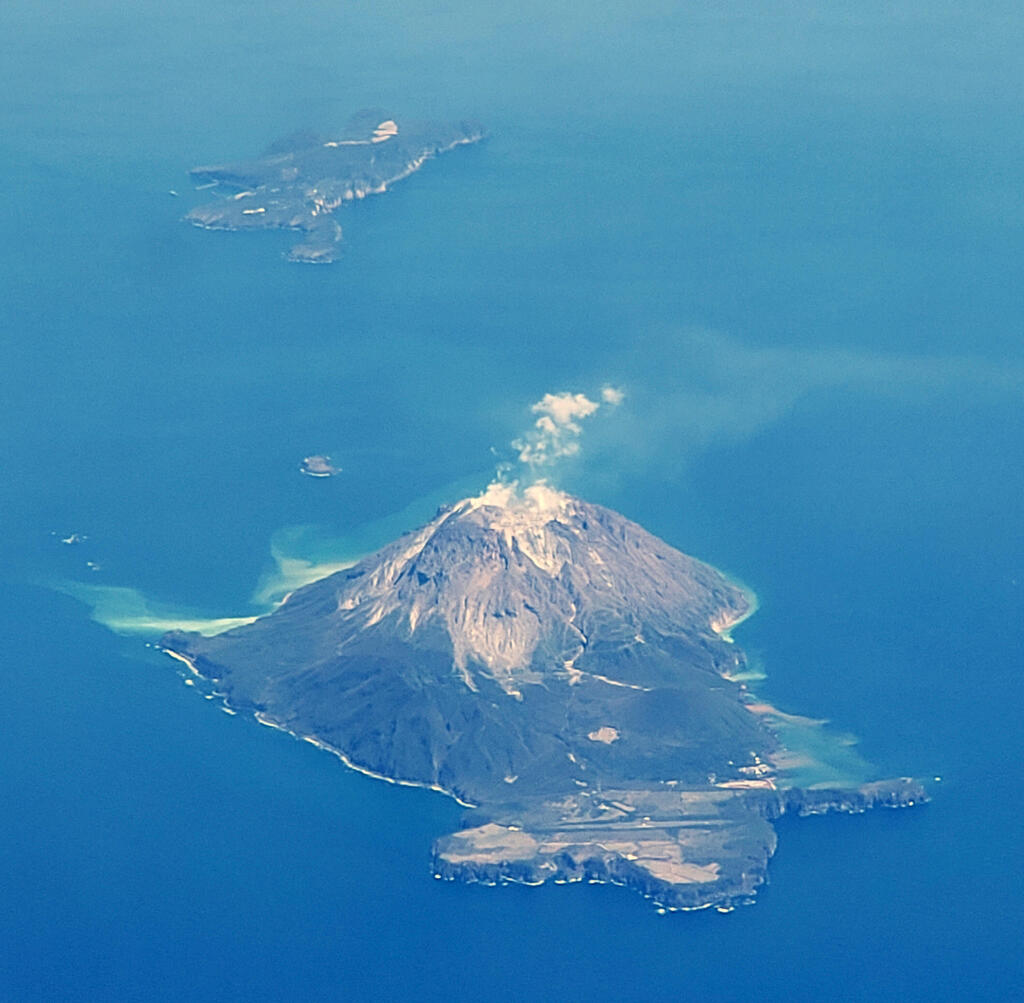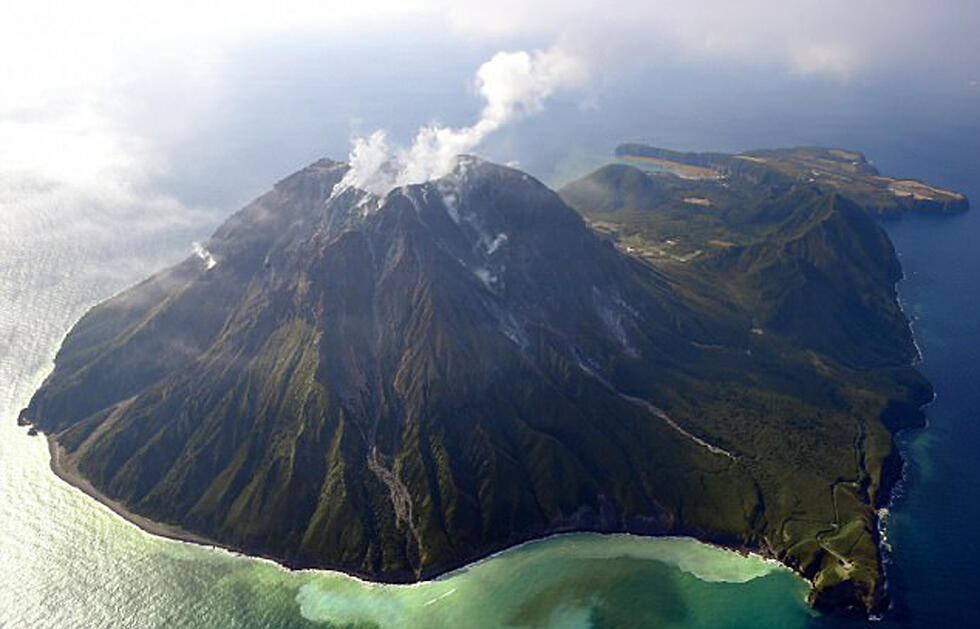Getting your Trinity Audio player ready...
Scientists from Kobe University in Japan calculated that the Kikai-Akahoya eruption which occurred 7,300 years ago is the strongest volcanic eruption in recorded history. The previous record-holder was the Mount Tambura eruption in Indonesia in 1815, which led to a drastic climate change the following year.
Read more:
The strongest eruption of the current epoch, which started 11,700 years ago, produced 71 cubic kilometers of debris. Overall, the volcano has ejected over 300 cubic kilometers of material, enough to fill American Lake Tahoe twice. Due to difficulties in accessing the submarine volcano, determining the magnitude and extent of the eruption has been challenging.
The Kikai-Akahoya eruption occurred south of Kyushu, the third-largest island in Japan, where the Philippine tectonic plate slips under the Eurasian plate. The submarine volcano erupted three times in the past 140,000 years, with the third being the most powerful, according to a study published in the Journal of Volcanology and Geothermal Research. “It is quite big, more than we expected,” says Japanese researcher Nobukazu Seama.
The researchers collected seismic data, from which they created a detailed map of the seabed around the Japanese volcano. The map revealed massive submarine calderas, which the researchers modeled using ocean-floor drilling at several locations controlled by a remotely operated vehicle. Cores retrieved from the depths revealed a layer of 4,500 cubic kilometers containing volcanic glass matching the composition and timing of the Kikai-Akahoya eruption.
First published: 15:22, 03.13.24



